Don’t let grocery shopping get you down. By coming to the store prepared, you are more likely to have a successful trip. Use the tips below to help jump-start your next grocery run:
Stick to the outer parameters of the store. This is where fresh foods like veggies, fruits, and lean meats usually reside. Save the center of the store – where pre-packaged and processed foods reside – for last or avoid it all together.
Arrive prepared. Create your list ahead of time to help guide you as you shop and avoid purchasing less healthy items.
Be flexible with the produce section. Look for produce that’s in season. TIP: You may be able to tell by looking at the price because food items in season are usually cheaper (and taste better too!) so look around before you start stocking your cart.
Don’t shop on an empty stomach. Hunger can lead to impulse purchases.
Buy healthier canned fish or lean meat. Look for items packaged “in water” and not oil, and labeled “no salt added” or low sodium (lean meats are those with less than 10g total fat per 100g serving of meat.)
Buy canned or frozen fruits and veggies. This helps avoid food spoilage, which can waste money and food.
When buying canned veggies, buy items that are labeled “sodium free” or “no salt added”. Buy frozen veggies without sauces, seasonings or salt. Before cooking or serving canned veggies, rinse them off to get rid of excess sodium. When buying canned fruits, look for items canned in water, “100% pure fruit juice,” “natural juice” or labeled as “no sugar added.” Buy frozen fruit without added syrups, sweeteners or sugar. Also look for these labels on canned goods: “light,” “salt free,” “high fiber,” “made with lean meat” and “low sodium.”
Focus on the grains. When buying grains and breads, look for items that list “whole grain” in the ingredients instead of “enriched flour” or “multi-grain.”
Divide the snacks. When you get home from the store, portion out your snack foods into individual serving sizes in baggies. This will save you time in the future, help you avoid overeating, and may be cheaper than buying snacks that are already pre-portioned into individual packs.
Use the Apple Test when hunger strikes. Before you reach for a snack ask yourself, “Am I hungry enough that I would eat an apple?” If you answer yes, then you are probably physically hungry, so grab a healthy snack! If you answer no, but you would eat a cookie, then you are probably bored or thirsty, so go for a walk and drink a bottle of water.
For more information and healthy tips, visit www.heart.org.






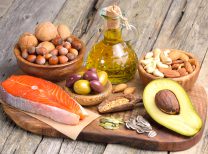
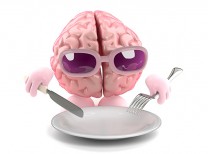
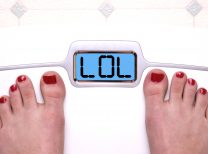







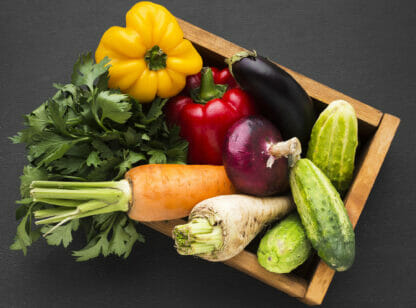

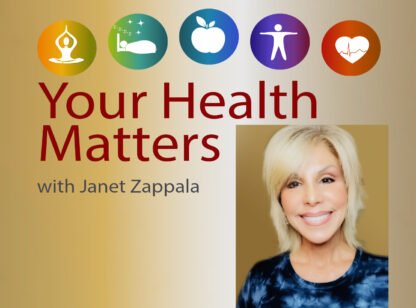





























Comments (0)